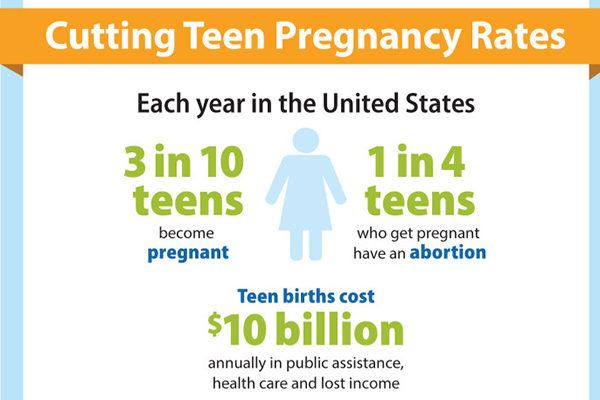Trustees meet, hear reports on endowment and Arts & Sciences
At its fall meeting Friday, Oct. 3, the Washington University in St. Louis Board of Trustees heard special reports on Arts & Sciences and the university’s endowment and received a report from Chancellor Mark S. Wrighton that included updates on administrative appointments, admissions, athletics and construction.
Hayes named to hazing prevention commission
Mike Hayes, executive director of Campus Life and director of Greek Life at Washington University in St. Louis, has been named to the North-American Interfraternity Conference (NIC) Presidential Commission on Hazing Awareness and Prevention.
Guo, Yadama named assistant vice chancellors for international affairs
Two Washington University in St. Louis faculty members with strong global ties will assume additional responsibilities as assistant vice chancellors for international affairs, announced Chancellor Mark S. Wrighton. Shenyang Guo, PhD, will serve as assistant vice chancellor for international affairs-Greater China (Mainland China, Hong Kong, Macau and Taiwan), and Gautam N. Yadama, PhD, as assistant vice chancellor for international affairs-India.
PAD presents Naomi Iizuka’s ‘Anonymous’
Tired and hungry and far from home, cast adrift by angry powers, the hero escapes monsters, navigates hostile lands and struggles to reunite with beloved family. In “Anonymous,” Naomi Iizuka pays sly homage to “The Odyssey” of Homer, reimagining a foundational work of Western literature through the lens of contemporary immigration.
Supreme procrastination: Why nation’s highest court puts off big decisions until the last moment
Several “blockbuster” cases — including freedom of speech, religious freedoms in prison, pregnancy discrimination and a possible decision on gay marriage — are on the docket for the Supreme Court, which begins its new session this month. But don’t expect any decisions until next June. New research led by the School of Law finds big cases are disproportionately decided just before the court’s summer recess.
Skandalaris Center to present inaugural Suren G. Dutia and Jas K. Grewal Global Impact Award
Presented by the Skandalaris Center for Entrepreneurial Studies, the Suren G. Dutia and Jas K. Grewal Global Impact Award was established last year in the belief that the power of technology can solve real world problems by giving highly motivated entrepreneurs the tools to foster innovation. The first recipient will be selected from a field of six outstanding finalists at an Oct. 6 reception.
Teen pregnancies, abortions plunge with free birth control
Teens who received free contraception and were educated about the pros and cons of various birth control methods were dramatically less likely to get pregnant, give birth or get an abortion compared with other sexually active teens, according to a new study.
‘My Name is Strong’ exhibit Oct. 3
The anti-violence initiative “My Name is Strong” will present its second annual exhibition Friday, Oct. 3, at the Yeyo Arts Collective. The all-media, un-juried show features works by artists who have experienced gender-based violence and by their allies, including friends, family and loved ones.
Public health conference to weigh public good vs. individual choice
The differences between public good and individual choice will be highlighted at the seventh annual conference of the Institute for Public Health at Washington University in St. Louis. Ellen Wright Clayton, JD, MD, an internationally respected leader in law and genetics, will give the keynote address.
Perloff to receive Washington University International Humanities Medal
Poetry scholar Marjorie Perloff will receive the 2014 International Humanities Medal from Washington University in St. Louis. Granted biennially, the $25,000 award is largest prize from an American institution to cover the broad spectrum of the humanities.
View More Stories

